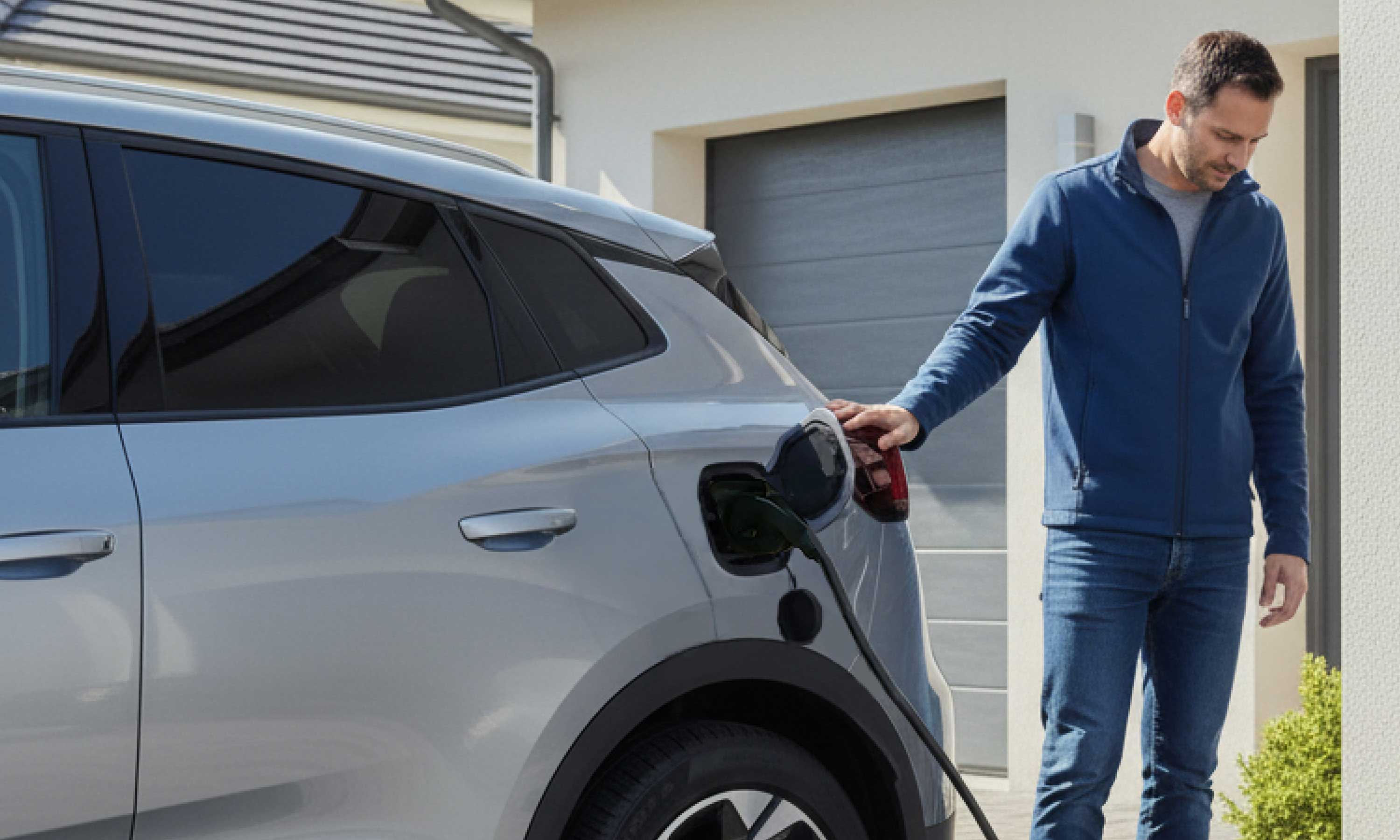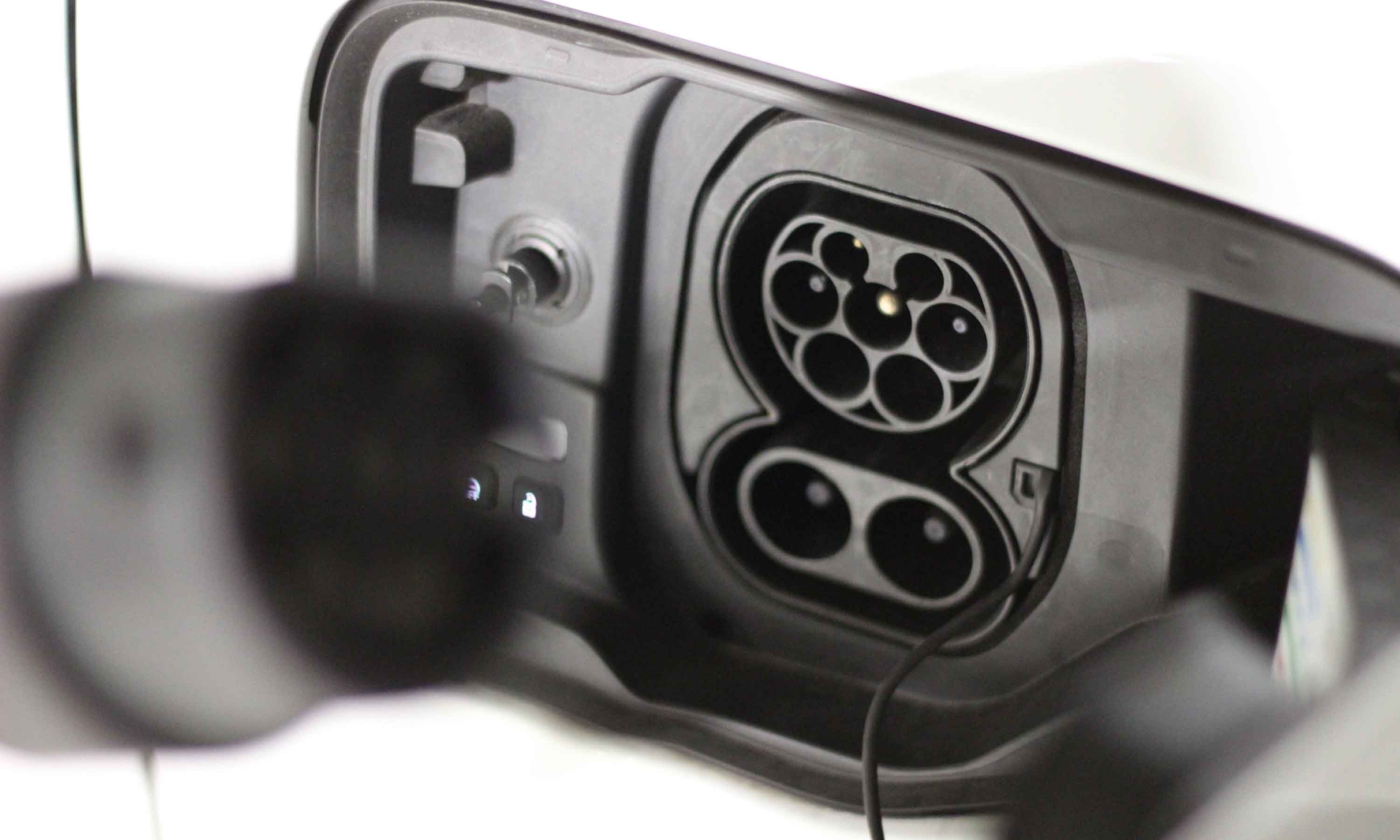With the increasing number of electric vehicles (EVs), it is essential to have good charging infrastructure in condominiums. The French Mobility Orientation Law (LOM) facilitates and clarifies the installation of EV chargers for residents and condominium owners.
Find out how the LOM law affects your co-ownership and get practical, step-by-step advice on how to install an EV charging station correctly and without any disruption.
LOM Law: what obligations apply to co-ownerships?
The French Mobility Orientation Law (LOM), enacted to promote sustainable mobility, addresses the issue of co-ownerships ready to accommodate EVs. This law sets clear obligations for 2025.
→ Mandatory pre-equipment
For commercial and residential buildings where owners have installed parking lots with 10 or more spaces, the law requires that at least 20% of them be equipped with the wiring and other infrastructure necessary for charging electric vehicles.
→ Renovations
For existing condominiums undergoing major renovations (defined as renovations whose costs represent at least 25% of the value of the building), a similar pre-equipment obligation applies, so that the infrastructure is easy to modify to accommodate electric vehicle charging stations.
These obligations aim to make future installations easier and significantly reduce the associated costs, in order to prepare your condominium for a more electric future.
“Right to take”: how does it affect you?
Under French law, each resident of a condominium, whether owner or tenant, is granted the individual right to install an EV charging station, or "droit à la prise." This legal right makes it easier to install the charging station on private land, such as your own parking space.

📬 To exercise this right, simply follow these steps:
- Send a registered letter with acknowledgment of receipt to your condominium manager to inform them of your intention to install a charging station.
- Wait for the trustee's response: the trustee has three months to respond.
Silence constitutes consent within this period, so your request is automatically approved. - Possible refusal: the trustee can only refuse for valid reasons (in particular if a collective charging project already exists or if there are technical constraints).
Collective or individual installations: what is the best solution for your condominium?
The installation of EV charging stations in condominium buildings can be done individually or as part of a collective infrastructure. Both solutions have their own advantages.
→ Individual installation
✔️ Quick solution for a single user
✔️ Faster and easier to deploy.
❗You are fully responsible for installation and maintenance costs.
→ Collective installation
👍 Recommended if multiple residents plan to install chargers in the future.
💡ENEDIS, France's leading electricity distributor, offers free upgrades to its electricity infrastructure under the TURPE tariff system, significantly reducing costs.
📈Sharing infrastructure allows for long-term savings and improves the value of the building.
Installing your EV charging station step by step
Installing an EV charging station in your condominium can be simple, provided you follow a few specific steps that will allow you to comply with all current regulations!
Start by assessing your needs and the technical viability of your project. You'll need to choose the right type of charging station (e.g., a 7 kW or 22 kW model) and have a qualified, IRVE-accredited installer assess your building's electrical system.
To install an individual terminal, you must inform the trustee of your co-ownership at least formally by sending a registered letter setting out your project, under the "right to a socket." The trustee has up to three months to respond.
Our advice: To help other residents make their decision, you should include details about the technology, likely costs, and available discounts in your presentation!

The next step is to choose a certified EVSE installer trained in French safety and quality regulations. Once the installer is chosen, the necessary work on the electrical infrastructure must be organized.
💡 Good to know: if there is a significant need for reinforcement, ENEDIS can offer you free assistance for upgrading the electricity network.
Once the installation is complete, ask your installer to commission the charging station and demonstrate its operation. If you have a shared installation, try installing individual meters or agreeing on a single billing solution with your neighbors to share electricity costs fairly.
The cost of your installation and available grants
Installing an EV charging station in a condominium building is costly, but there are several grants and financial aid available that can significantly reduce this amount.
A standard 7 kW charging station (the most common option for home use) costs between €800 and €1,200. More powerful 22 kW models, often chosen by condominiums due to their fast charging times, cost between €1,000 and €2,000. These prices can vary depending on the brand, power, installation complexity, and features, including connectivity options (Wi-Fi or Bluetooth).
Additionally, the ADVENIR program subsidizes up to 50% of installation costs, with a maximum of €960 per charging station for residents of condominiums. In addition, residents can benefit from the Energy Transition Tax Credit (CITE) for up to 75% of installation costs, up to a maximum of €500 per charging station.
Local authorities (regions, departments, municipalities) also provide additional subsidies to their territories. For example, EV charging equipment and installation services are covered by a reduced VAT rate of 5.5% instead of the usual 20%, which helps reduce overall costs.
📉 By combining these grants, your financial effort is minimal and electrifying your entire condominium is all the more feasible!




Leave a comment